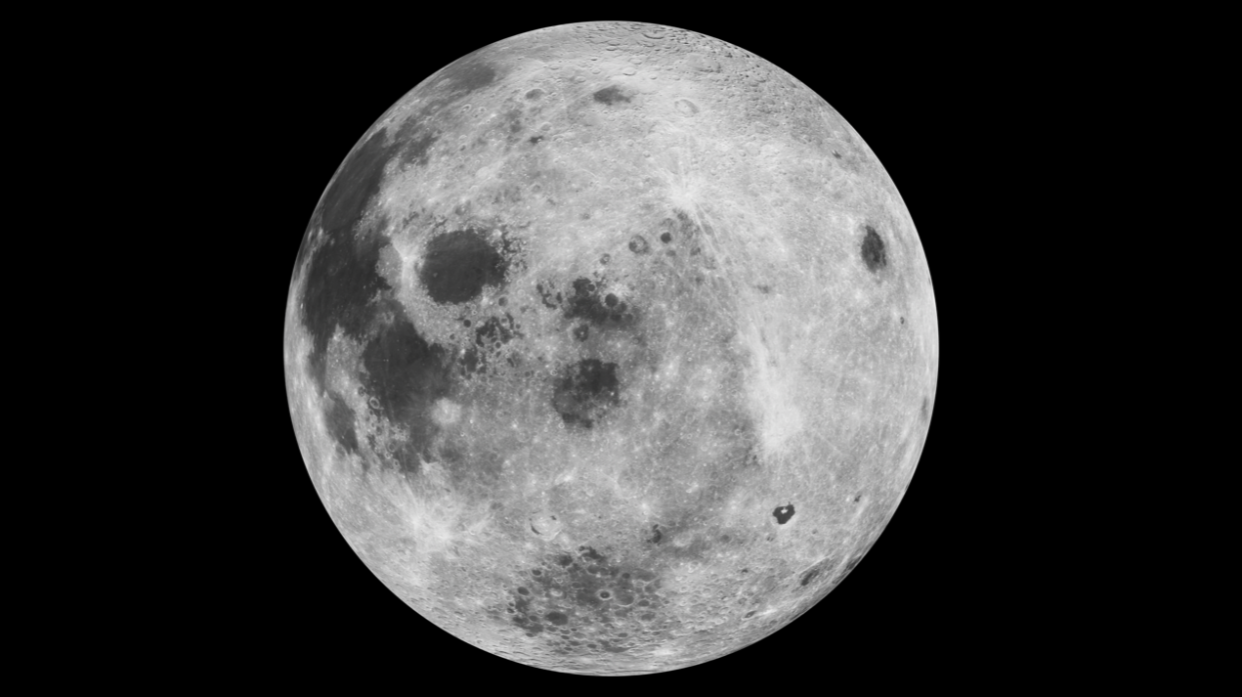Astronaut warns that humans 'could be allergic to the moon'

The last living man to walk the surface of the moon has claimed that illnesses he sustained following his mission were a result of inhaled lunar dust.
Harrison ‘Jack’ Schmitt took part in the final NASA Apollo mission to the crater-strewn orb in 1972 before the programme was scrapped.
The scientist spent hours collecting dust and samples from the moon’s surface - and he says that particles that had collected on his spacesuit caused an immediate reaction after he took it off.

Mr Schmitt said that the “inside of my nose became swollen” - and the allergic reaction could be “heard in my voice”.
He told the Starmus space festival in Zurich: “But that gradually that went away for me, and by the fourth time I inhaled lunar dust I didn’t notice that.
“Whereas a flight surgeon taking suits out of the Apollo 17 command module, after we had splashed down, he had such a reaction that he had to stop doing what he was doing.
Read more from Yahoo News UK:
The corridors of powder: Cocaine found in Houses of Parliament
UK pledges to end its contribution to global warming
London violence: Teenager dies in Shepherds Bush stabbing
“For some individuals we need to find out whether they are going to have a reaction, if they are going to be exposed chronically to moon dust.”
Speaking ahead of the 50th anniversary of the first moon landing, Mr Schmitt added: “Now my suggestion is don’t ever let them be exposed to lunar dust and there are many engineering solutions since I was flying to keep dust out of the cabin, to keep it off the suit.

“It’s going to be primarily an engineering problem.”
NASA’s concern about future missions to the moon and Mars are centred on tiny stone particles that could become embedded into the lungs after inhalataion, triggering inflammation and scarring.



